Fasting From the Virtual, Feasting on the Real
Practical preparations for the fast, and a visual guide to "Random Acts of Anachronism"
There are far, far better things ahead than any we leave behind.
C.S. Lewis
Last week,
and I extended an invitation to our readers to join us for a “Communal Digital Fast” coinciding with Lent1. This time period is particularly suitable for a digital fast as a large, world-wide community is committing to a period of constraint and reflection. We do so not to detract from the spiritual aspect of fasting2, but indeed believe that fasting from “the virtual” will help encourage people to feast on “the real”.You can download a pdf game plan for the communal digital fast here:
Part I: Preparing for the fast
Before we embark on the digital fast, we wanted to respond to some readers’ questions and offer a few practical considerations:
I’m in! At least, a modified version, because I do have to work on my screen and that’s not something I can stop doing. But I will make a plan so that when I’m done working, I don’t mindlessly peruse the internet for another hour as that’s something that happens far too often.
Peco: People sometimes may have a preconception that fasting means abstaining from “everything”. This does not necessarily have to be the case. For example, several readers have commented that they will follow a “modified” version of the fast, as they need to be on the screen for work, writing tasks, or their university studies. Please feel free to create a version of the “game plan” that will work for your personal situation. This may include setting boundaries around your tech use after work hours, during down-time, or on weekends.
Ruth: Before starting on the fast, writing down a specific plan for what, how, and when you will use different forms of tech is helpful. You can download a free simple pdf template here:
On my plan for example, I noted that I will use my laptop for a slice of time before breakfast on weekdays to check e-mail, respond to reader comments or questions (the time may vary between 20-60min). If time remains I can read a relevant article. I also indicated that I can use the laptop to type up an article and add relevant images once a writing project has been completed by hand to the greatest extent possible.
“I would love to join. One question… Is it better to ease yourself into it or go cold turkey on the 14th?”
Peco: Good question! Only you can make that call, but one thing to consider is, if you feel very tech dependent (in the sense that it’s integrated into numerous areas of life) then shaving off just a few areas of tech use to start with, and proceeding incrementally, may be more realistic than going cold turkey. Another approach is to pick the one most problematic area, and to fast from that only. Cold turkey might be easier in this case, although it doesn’t rule out an incremental approach if you prefer.
Whatever the approach, it might make sense to apply the principle of realism (i.e., doing something that’s doable) and also to somehow document the plan (e.g., on paper), and perhaps even place the plan somewhere so that you can see it, to regularly remind you of the commitment.
…in the last several months I have been much more intentional about my tech usage. I’d like to continue that intentionality with occasional pauses for review.
Ruth: Many readers have already been very intentional about minimizing/ reducing tech use3. But as with all good habits, they tend to require review and renewed commitment (this counts for me as much as anyone else!). One thing that I may prove helpful is writing out all the specific ways for which you use tech in your daily life into two columns: the tech use that you are ok with, and the use where you recognize that a change is needed. When looking at your list, which areas do you find most challenging? Which areas require a renewed commitment? Is there one specific item that deserves particular attention?
Digital fasting as a pilgrimage
Last year, I (Ruth) composed “A Digital Detox Pilgrimage” written in a single draft Dickensian-style free-hand, and transcribed with only minor edits. I have shared a modified version here, and hope that it will offer added encouragement for the digital fast ahead.
Almost twenty years ago I walked the Camino in Spain, from Leon to Santiago de Compostella. I did not set out on this pilgrimage trail as a Christian seeking repentance or solitude for prayer, but as an ambitious hiker looking for an out-of-the-ordinary experience. Frankly, I had come across the idea in the travel section of my Saturday newspaper and thought, “I’ll do that”. I did not expect that it would be the first step toward turning my life around.
In preparing for the trip it was essential to cut down on travel weight as much as possible; every gram mattered (or so expert hiker blogs informed me). Some pilgrims even went as far as breaking the handles off their toothbrushes, or ripping out pages of a book once they were read in order to reduce their load. Others clearly had not heeded any such advice, and brought along everything they could think of, including a tripod for their camera. They ended up paying the price for the added burdens, ruining their backs and shoulders, prompting some to abandon their pilgrimage early. Feet also had to be prepared, and needed to be diligently massaged with Vaseline so as to make the skin supple and less prone to blisters. Little wads of sheep wool tucked in rub spots, would serve to further protect a hiker’s most precious asset.
Prepare for your digital detox. What will you need and what can you leave behind? Set yourself specific usage rules. Being too vague or too strict can set you up for failure. Write down your own rules (on paper) for how and when you will allow yourself to use your phone, computer, or device. Retain only what is essential.
One station of the pilgrimage is the Cruz de Ferro, a tall post with an iron cross at the highest point of the trail between the towns of Manjarín and Foncebadón. Pilgrims traditionally bring a small stone, representing their burdens and sins, and throw it backward over their shoulder, rejecting their sins both in facing away from them, and physically throwing off a symbol of their burden. I had read about the practice and had brought along a shiny, black rock in preparation. Yet when I faced the cross, I kept it in my pocket and instead grabbed a pebble by the side of the path and skipped it at the cross. It was a deliberate rejection of forgiveness that I felt I didn’t need. Later around the dinner table with fellow hikers I quipped, “I like my sins.” It was the ultimate hubris.
Letting go of habits we know are destructive to us is terribly hard. While acknowledging the harms and rejecting the use of devices, you still may feel like you want to keep the rock in your pocket. Embrace this chance and (metaphorically) chuck this burden over your back. The freedom you will gain is worth the discomfort of letting go.
Although there was often jovial fellowship around shared dinner tables at refugios (government-run hostels), throughout the day most pilgrims walked in solitude. At the break of day, I looked forward to the sound of crunching of gravel under my feet and the rhythmic clicking of the hiking pole; it created a type of focused solitude. Walking alone, I never felt lonely; rather it helped me to think slowly and deeply, about anything and everything. Cal Newport’s quote by Wendell Berry perfectly reflects what I experienced at the time: “We enter solitude, in which we also lose loneliness.”
Solitude was one natural side-effect of walking. Another was the continuous immersion in the natural environment around me: Endless vistas of the tapering Pyrenees, mountain slopes covered in purple heather, eucalyptus tree groves, meadows speckled with cows and sheep, all suffused with their smells and sounds. The weather did not always make it a joy to be outside, at times the drizzle and cold wind of the mountainous trails would make me shiver to the bone, other times the sizzling heat of the sun-exposed trails was overwhelming. Yet the natural surroundings and the weather rendered me ever-present in the moment.
Peco’s Pilgrim's Creed, "a brief, plain-language summary on how to maintain a Machine-resistant mentality”, emphasizes that:
…we must stay in close contact with the primary elements of creation. Staying close to the primary creation keeps us within the right order.
Once the day’s walk was done, backpack thrown off, self and socks washed, it was time for engaging in a smorgasbord of conversations around the communal kitchen tables. Communication was rarely a barrier - most of us knew how to talk about knees, feet, and blisters in a multitude of languages, if not in Spanish, English, or French, then with hands and faces. Pilgrims hailed from all over the world: I spoke with hikers from Spain, Japan, the Netherlands, Canada, France, Germany, Brazil, the U.S., and Switzerland. We were vastly different in age and background - ranging from teenager to retiree, from gardener to youth court judge - but we shared the same daily walking activity, the same food, the same aches and pains. Every day we engaged with each other face-to-face; what tremendous connection this formed between us despite our differences.
Pilgrim’s Creed Article 4 — I believe in real relationships within marriage, family, and local community, including people who are different from us. I recognize that virtual relationships exist, but their existence does not render real relationships arbitrary or dispensable.
When we are communicating on digital devices we are disembodied from space and time. It is the exact inverse of how to be in relationships.
Engage in analog relationships through face-to-face conversation. When meeting with a friend, suggest that you both power off your phone to give your ‘real time’ meeting precedence. This practice will serve to ‘re-humanize’ the parts of ourselves that have become diluted and disintegrated.
The first few days of walking were the toughest. Although I had prepared myself by hiking up and down Signal Hill in St.John’s (where I had been living at the time), I was in no way prepared for the endless inclines and descents which were devastating to knees and calves. When the hills got too steep, I looked down at my feet and the ground just in front of me. It was deceptively simple, but it worked to focus my mind on the doable. And after placing step after step after step, the crest which had seemed insurmountable was reached.
If you struggle with restlessness, anxiety, or boredom, focus on a task at hand, not on all the time remaining ahead of you. The longer you persist, the easier it will get.
The last day of the pilgrimage arrived with an exultant feeling. My steps were steady and firmly focused on their goal: to arrive in Santiago de Compostella in time for the pilgrim’s mass at noon. Unbeknownst to me, I had undertaken the pilgrimage during a holy year, and some fellow pilgrims encouraged me to come along and obtain my credencial. I was handed a document, sealed with official stamp and issued to my name, affirming that “all my sins had been forgiven”. At the time it was merely a tourist memento to me. I attended the service at the Archcathedral Basilica which is held for pilgrims at noon, the priest loudly announcing how many pilgrims had arrived that day along with their country of origin. As his voice boomed, the Botafumeiro thurible swung clouds of incense over our heads with frightening impetus.
The surprise to me was that although I felt elation at having arrived, I did not want to stop walking. I wanted to keep going. The rhythm, the solitude, the camaraderie, and the simplicity were too beautiful to leave behind. There are pilgrims who, once having arrived, indeed turn around and walk all the way back home. I wished that I could have done the same. Instead I boarded a bus to Paris, and was on my way to visit my family in Switzerland. On a brief stop-over in the city of lights I meandered through the streets, trying to regain my walking feet. I was overwhelmed by all the noise, commotion, and hurry. How could people live like this? I feared that spending any amount of time in such a setting would undo all the silence and peace I had accumulated in myself.
At the end of the digital fast, it is up to you to decide what technology you will allow back into your life, and to what extent it will be part of your daily routine. There is no reason why you cannot simply keep going. Some of you may, and find joy in continued ‘cognitive liberty’.
At the end of Lent, we will invite readers to share their experiences4 and will compile an essay on practices that worked, the challenges that were experienced, the books that were read, the meals that were cooked, and the beautiful things that were created.
Part II: Preparing for the feast
We usually don’t feast while we fast, but in this case it is what we actually strive for. As people reduce their tech time, that leaves a vacuum that will naturally long to be filled. So while you create a plan to fast from “the virtual”, we encourage you to simultaneously create a plan for “the real” that you will feast on.
In December we published Simple Acts of Sanity: A Seed Catalogue in which we compiled readers’ anachronistic practices. This is what the list looked like when written out from the comment section:
The Seed Catalogue is packed with wonderful ideas to feast on reality and you can download a printable note-taking pdf version here:
Random Acts of Anachronism: A Visual Guide
Last week, Peco and I invited readers to contribute their photos of anachronistic practices so that we could create a visual guide of “Random Acts of Anachronism”. Thank you to all who responded so promptly. We hope that you will enjoy this visually rich feast of “the real”!
Note: the photos are grouped into the general Seed Catalogue categories of: Technology use (reduced, altered); self-sufficient, minimalist practices; embodied & mental practices; children and family; spiritual and relational practices.
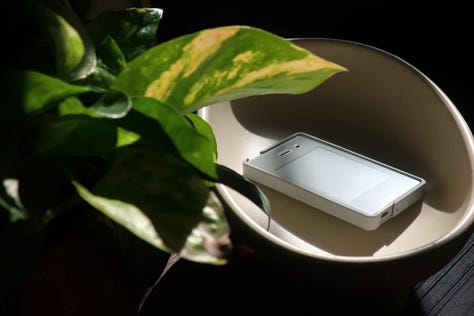
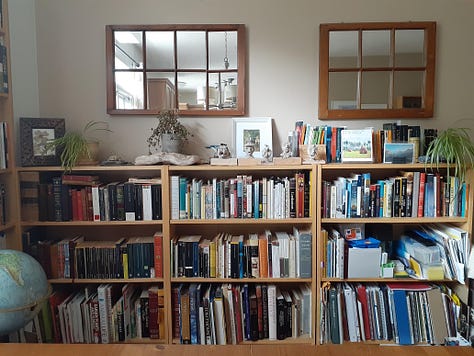
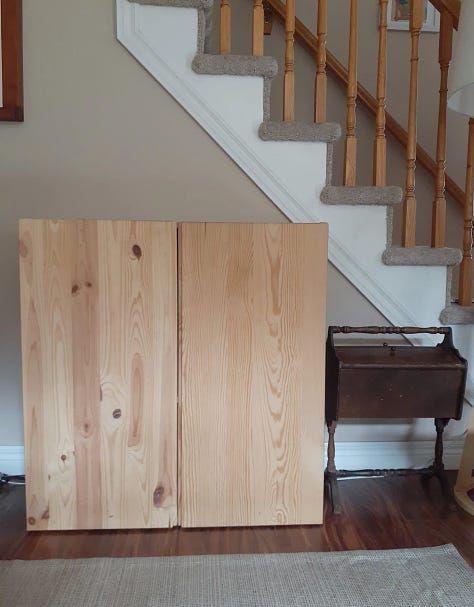
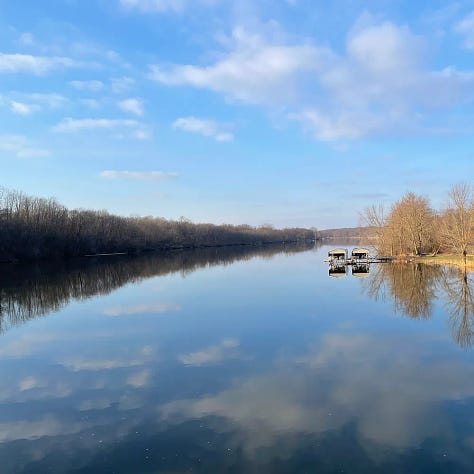



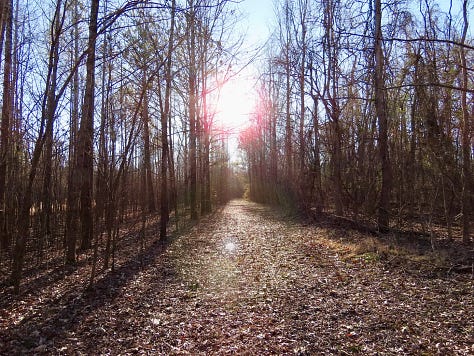
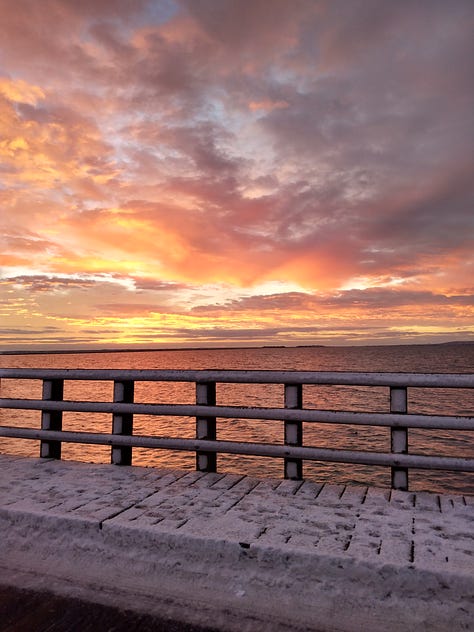
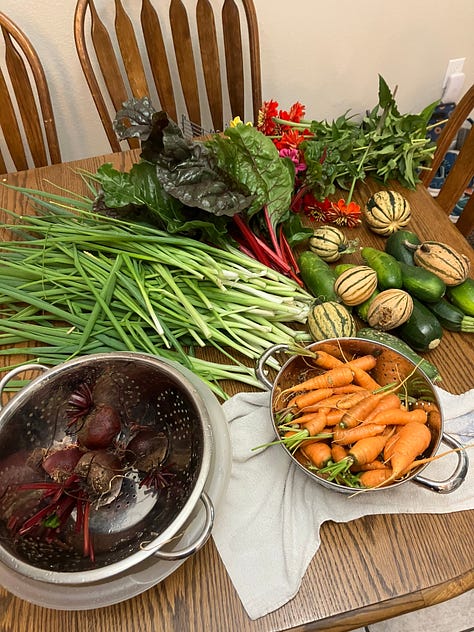

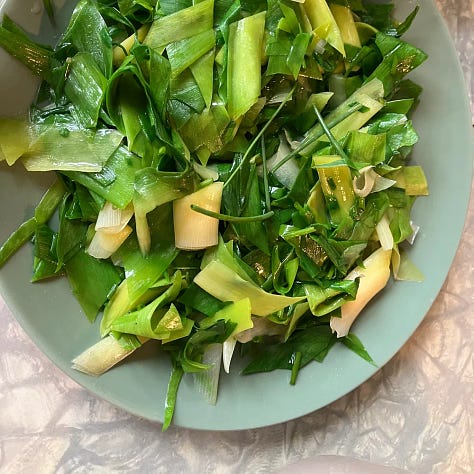



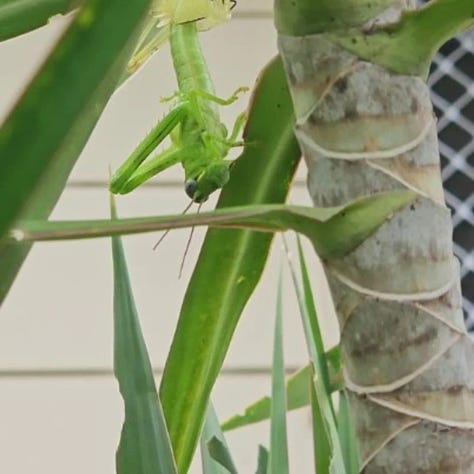
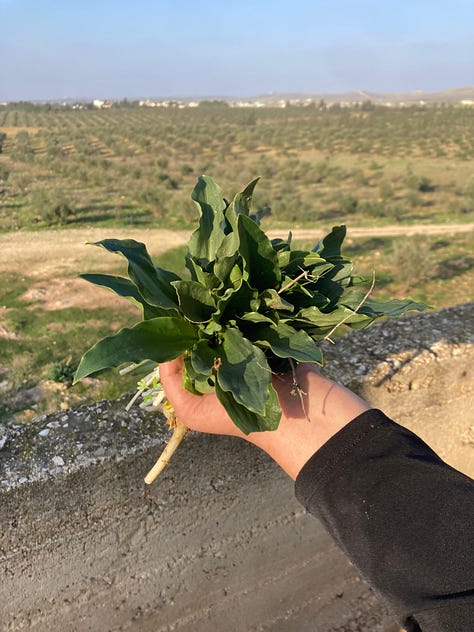
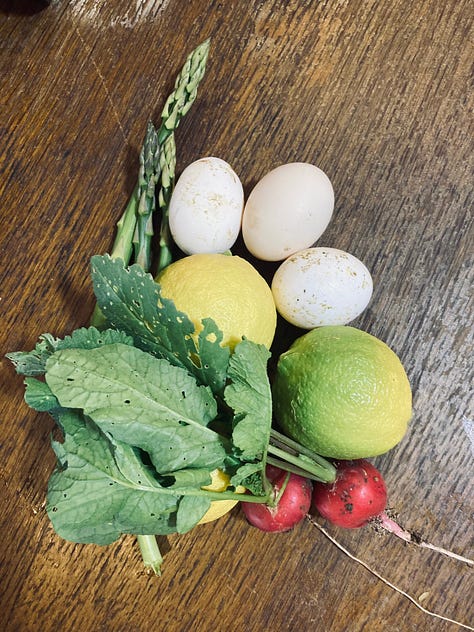

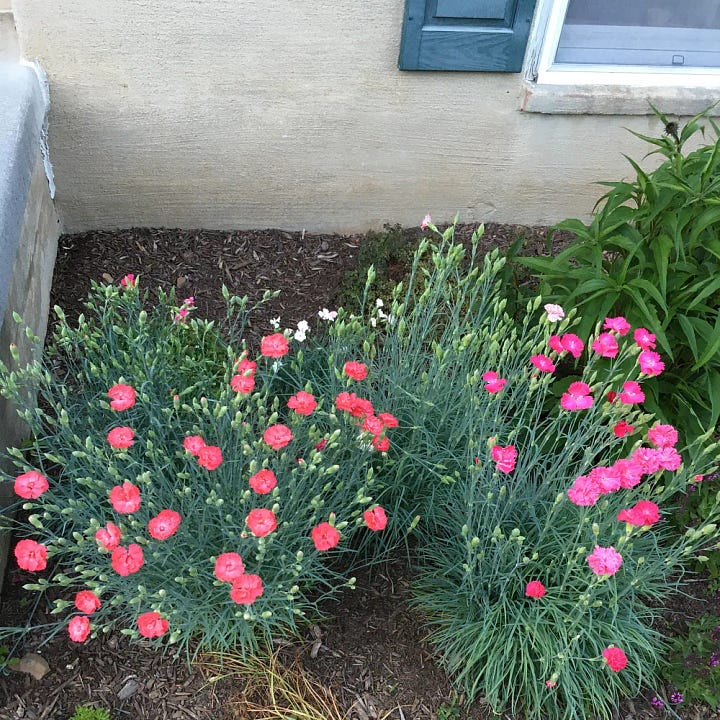
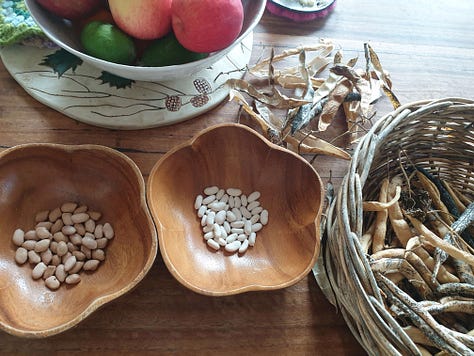

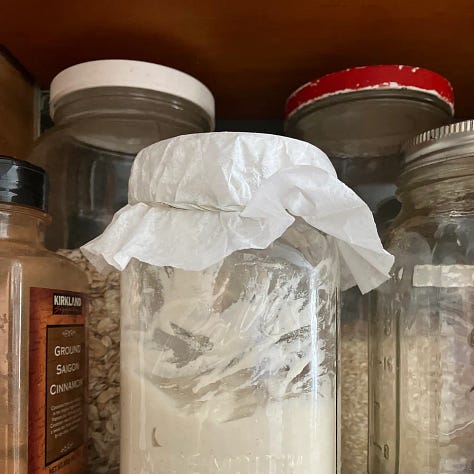
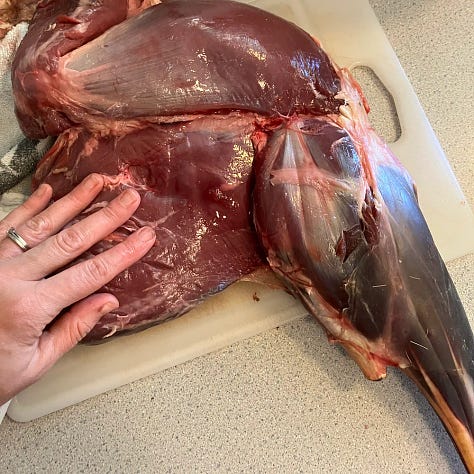
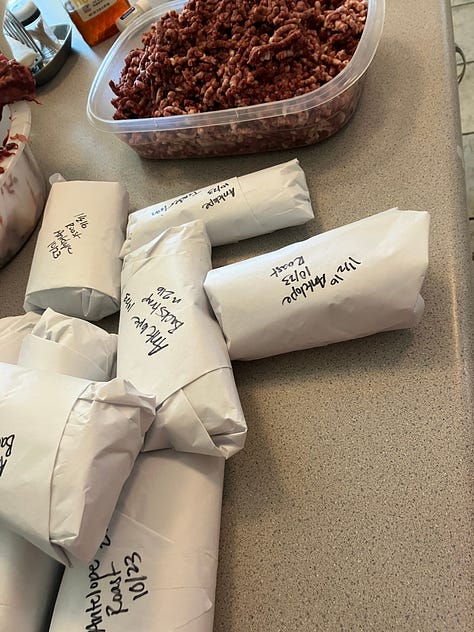
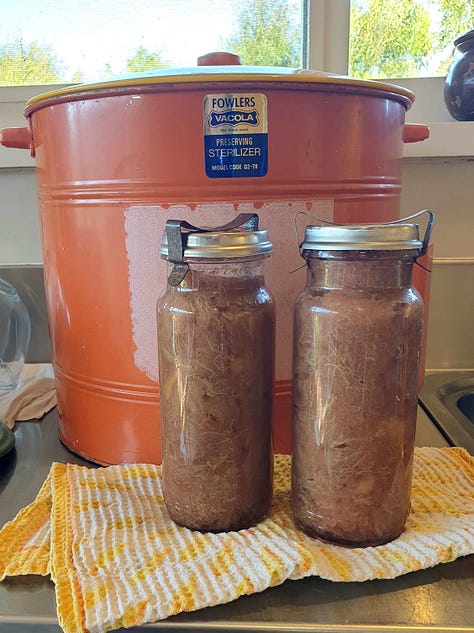
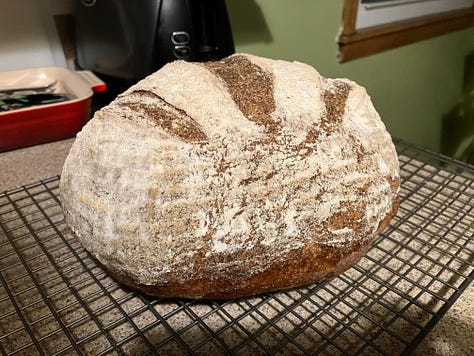
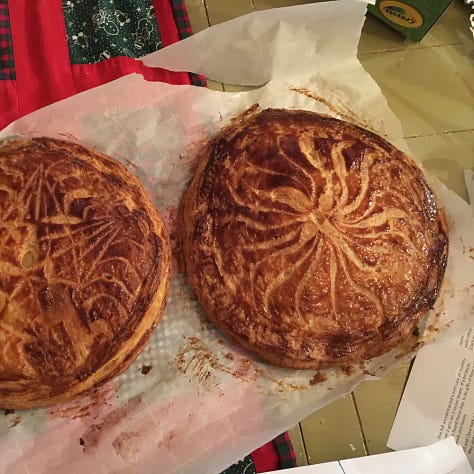
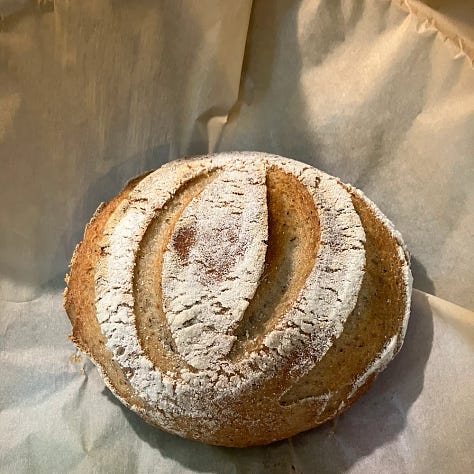
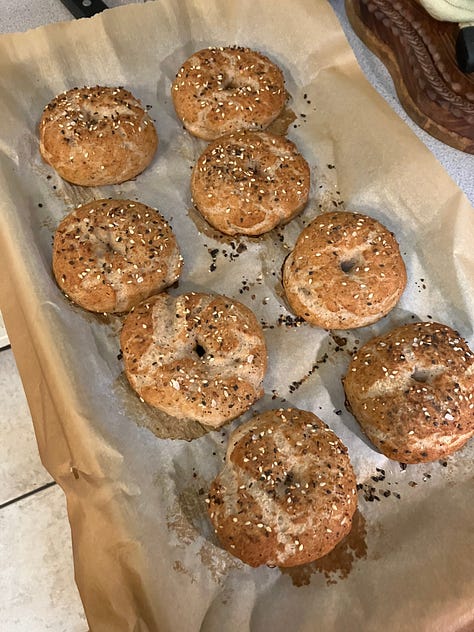


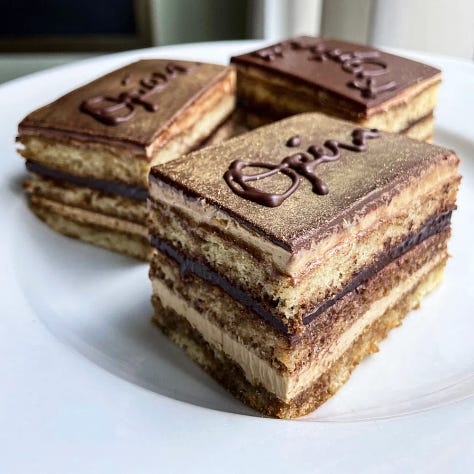



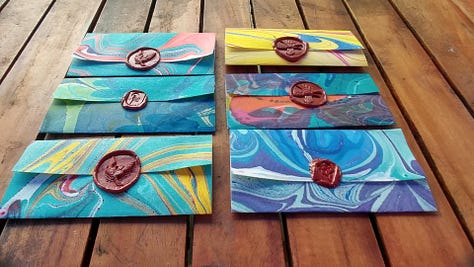
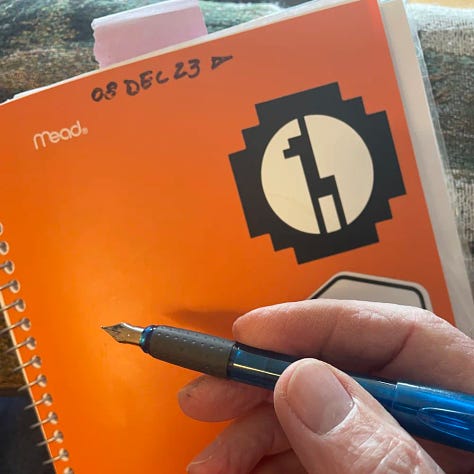
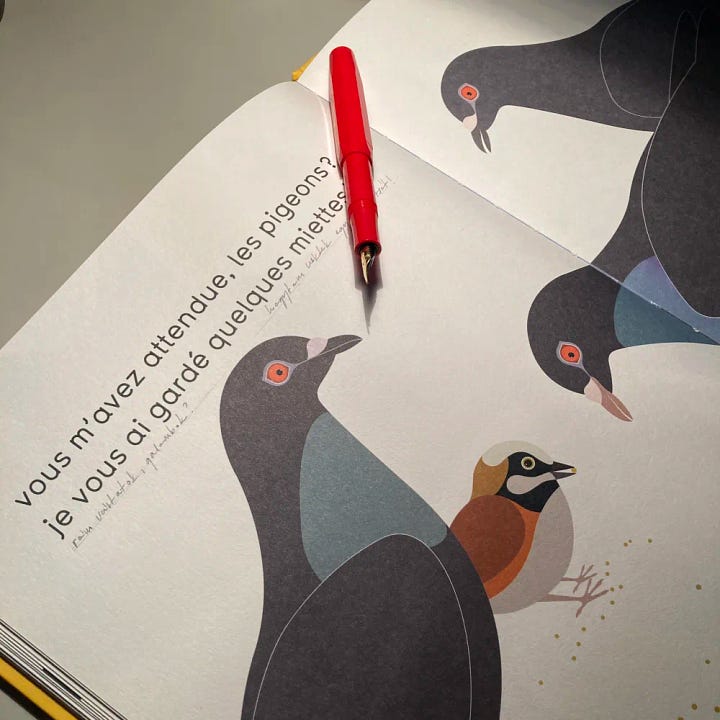

Our daughter’s typewriter; Ruth’s favorite old Dickens books;
reads while her son cruises through vinyl records.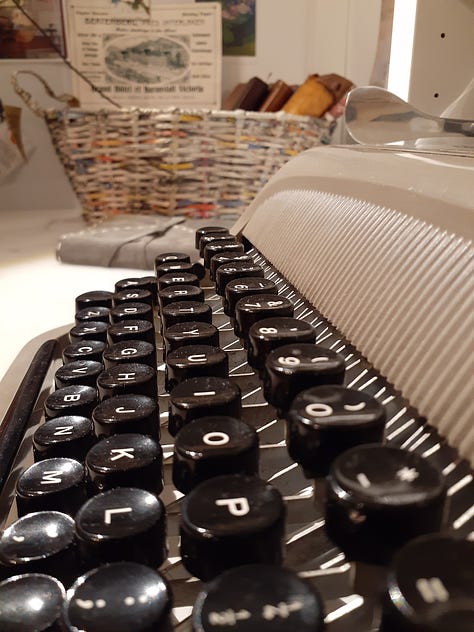
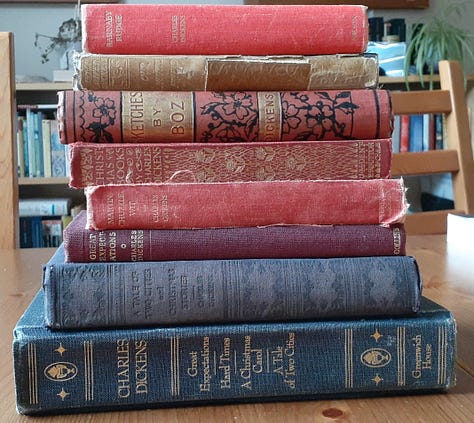


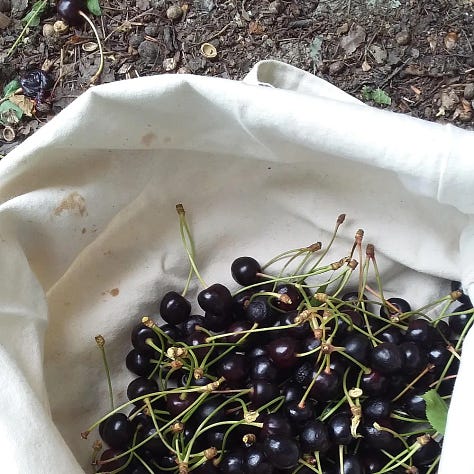
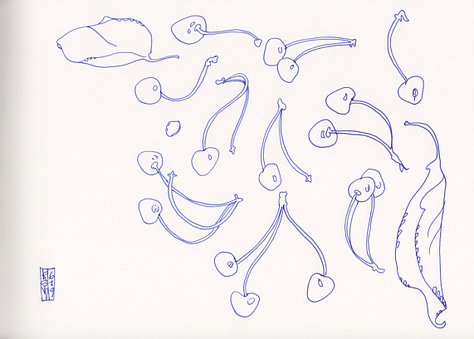
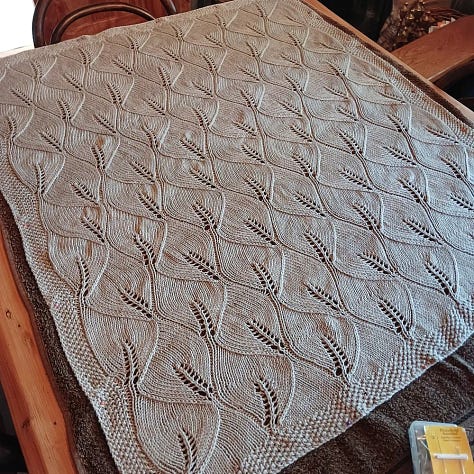
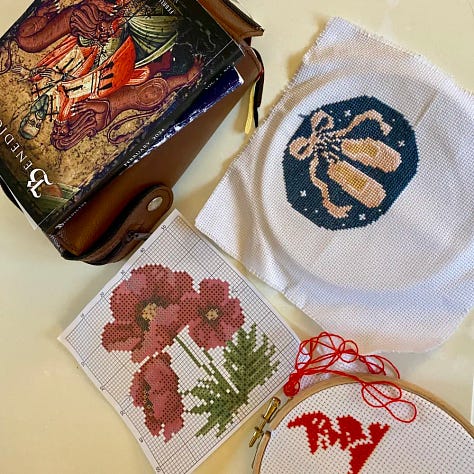
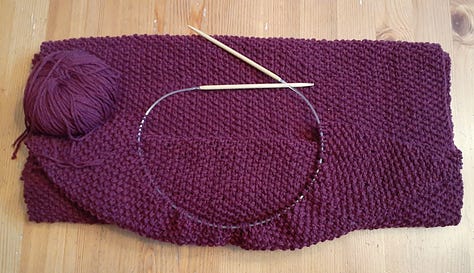


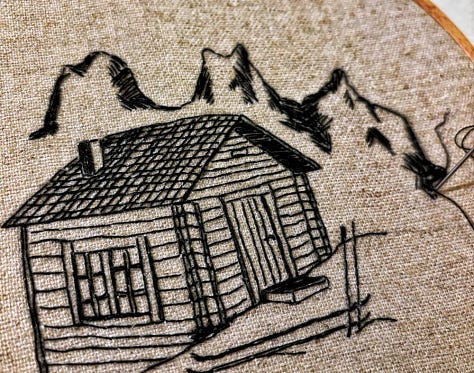
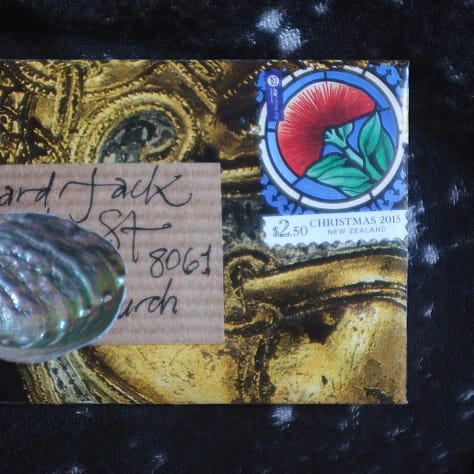


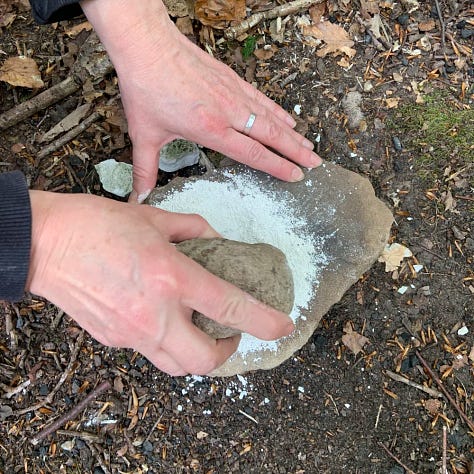
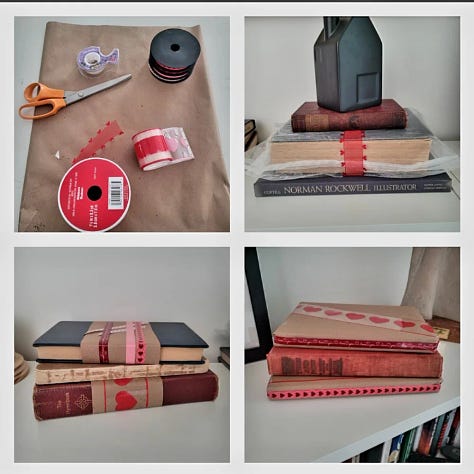



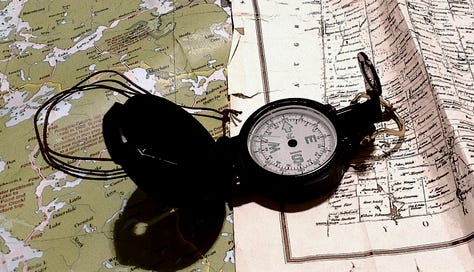
Last weekend we had the pleasure of attending a Folk Dance Night where over 120 people (mostly young teens and university students) learned to dance the Virginia Reel and other traditional dances.
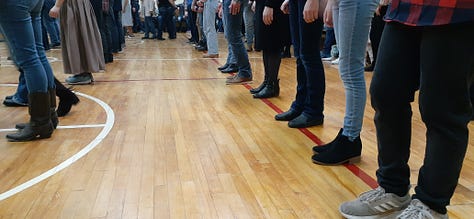
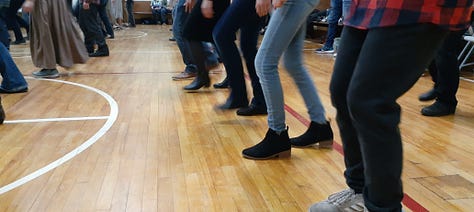
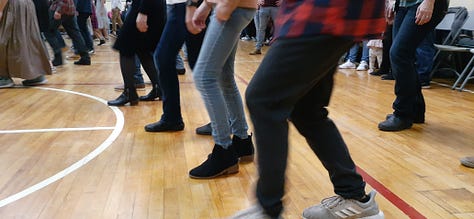
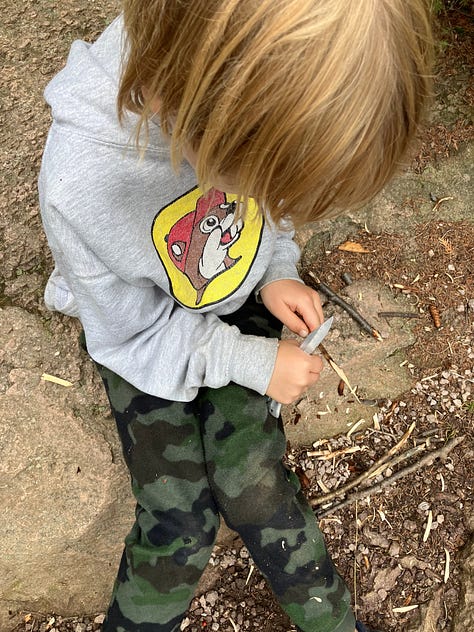
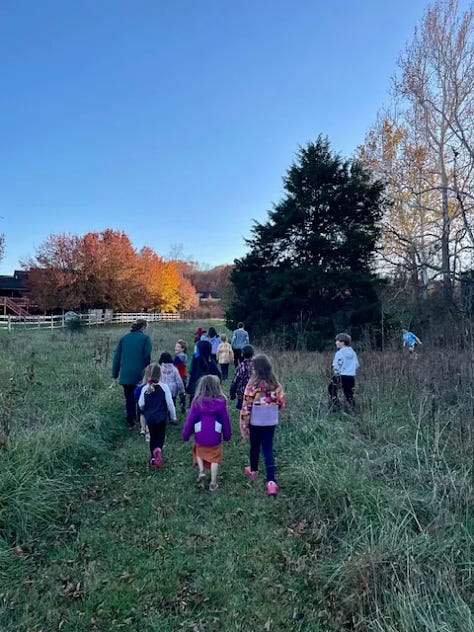

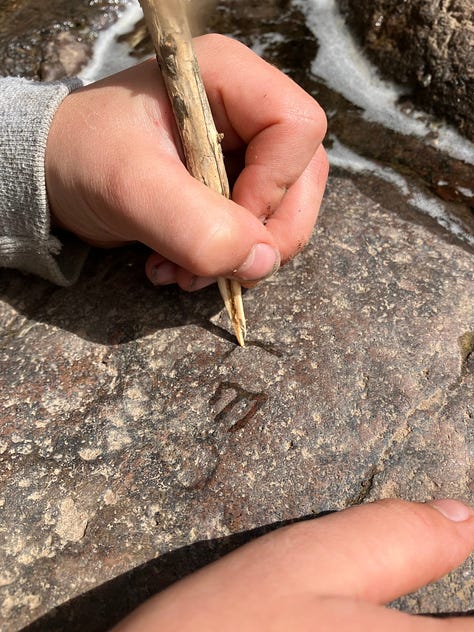
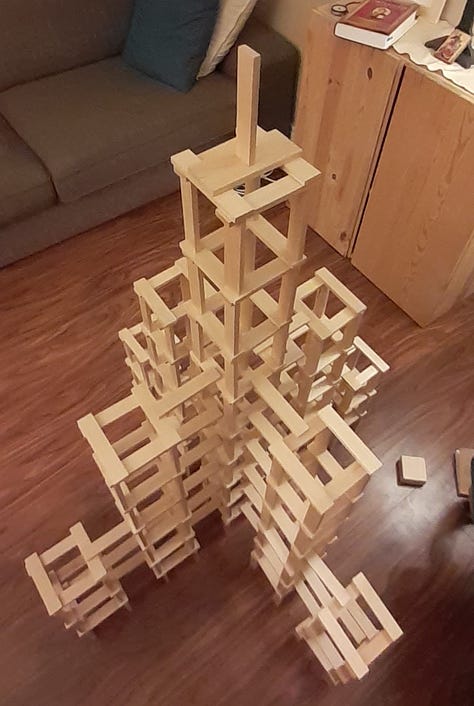

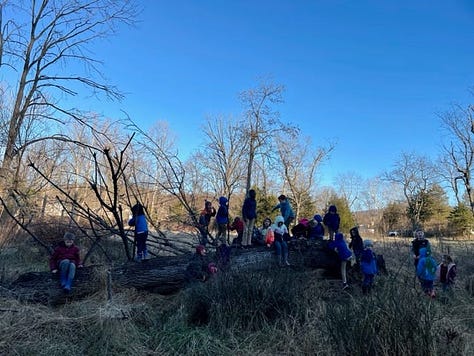
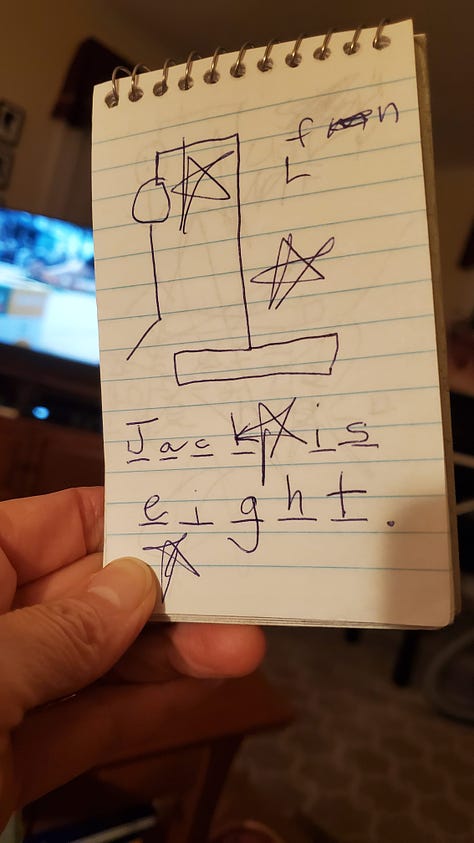
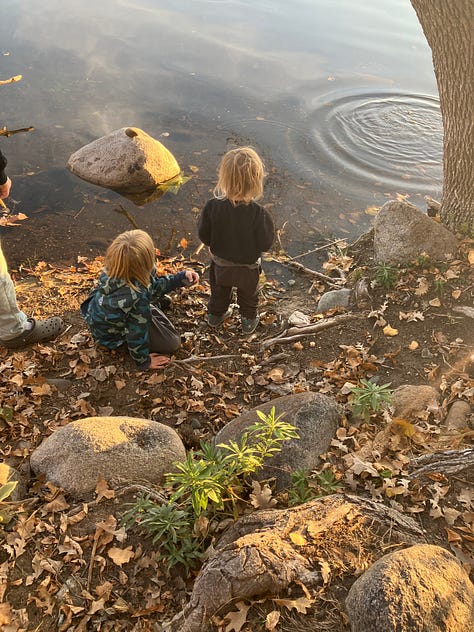
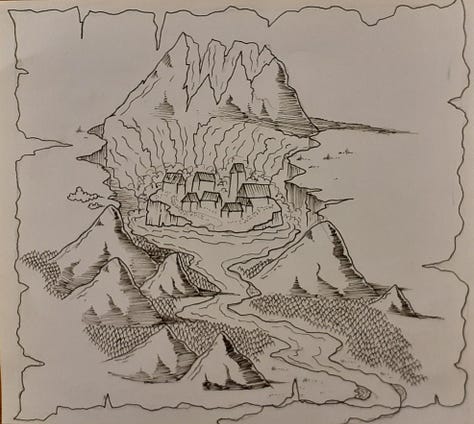
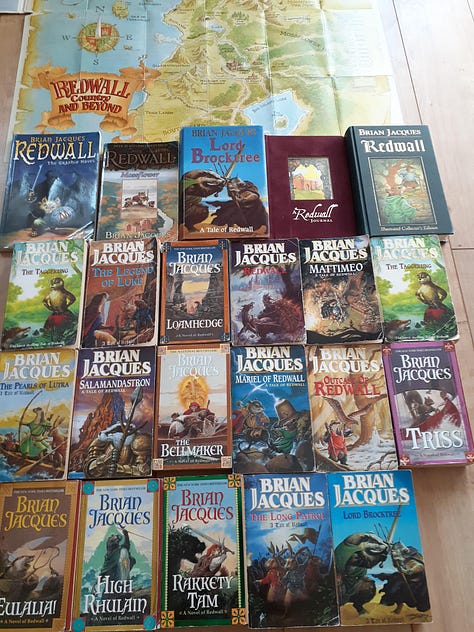

Sheep training;
adopts Herald, a little finch; we raised chicks (this is Olive); enjoys birdwatching in the Black Bayou; Frank G. “a photo of peace”.
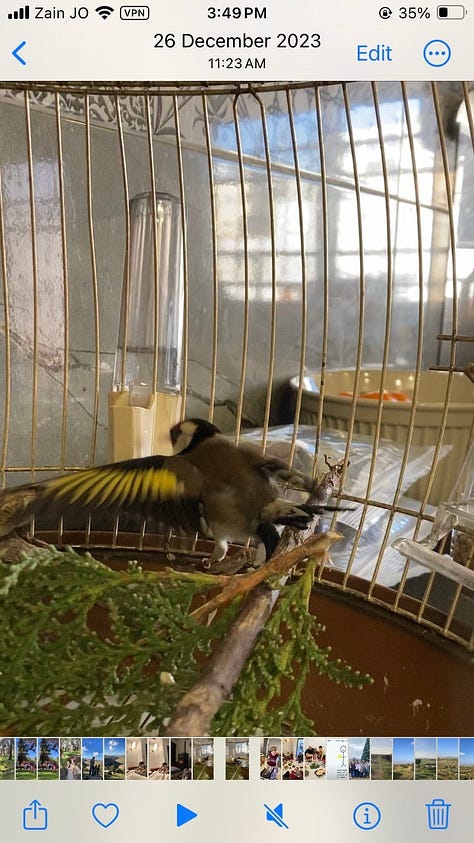
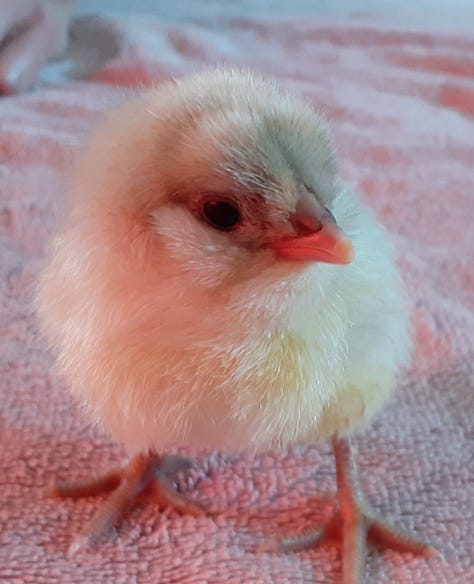

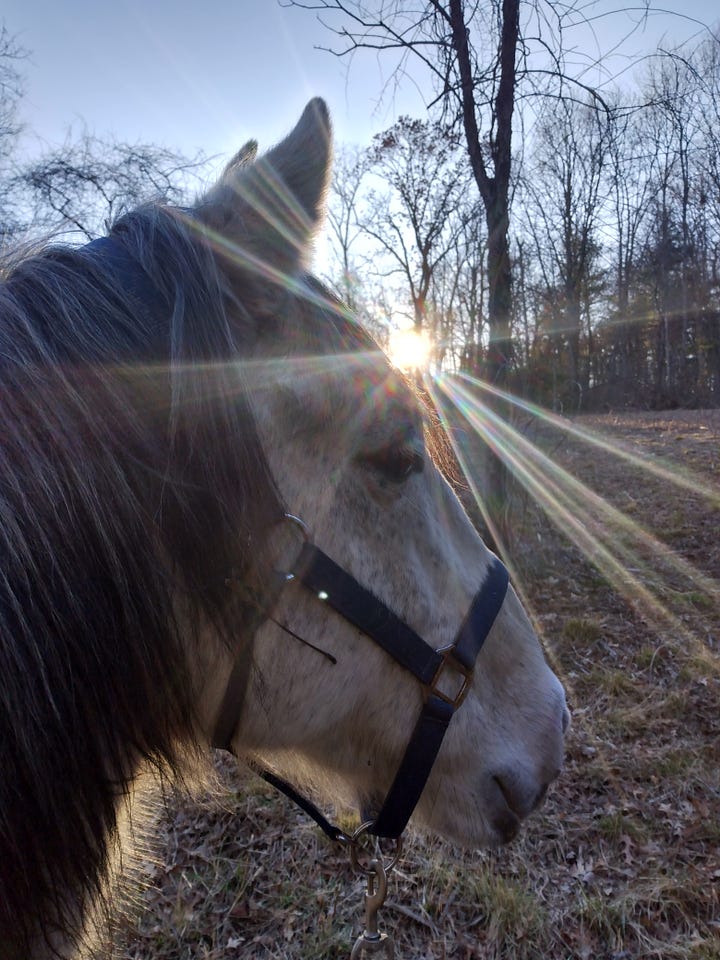
Sascha Luderer uses analog large format photography to create unique pieces of art at ghostography.
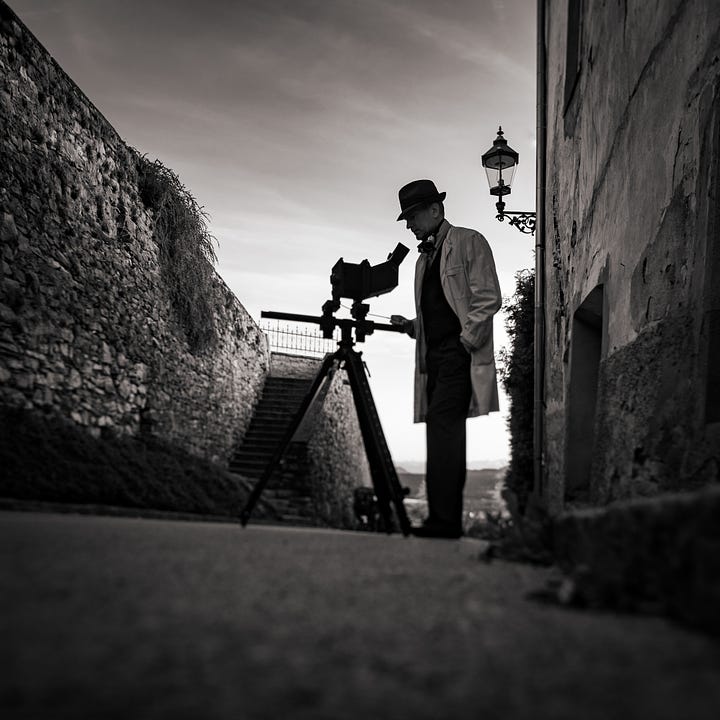

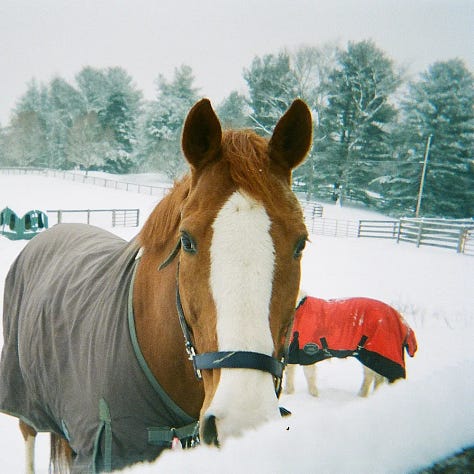
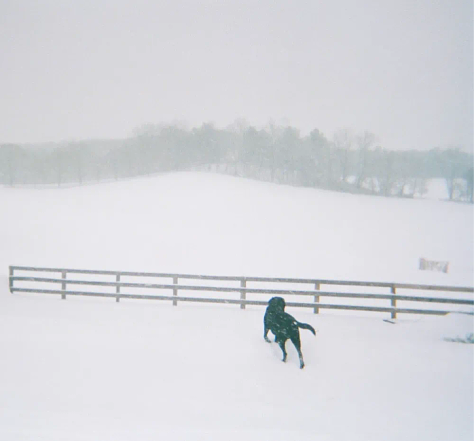
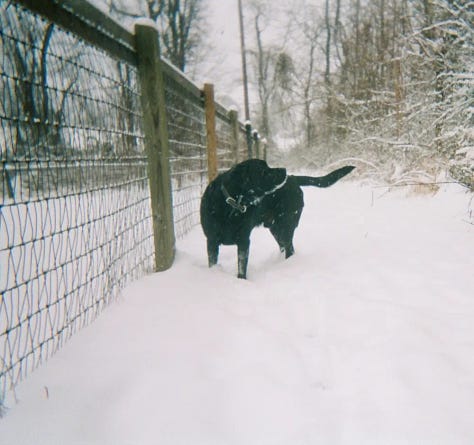
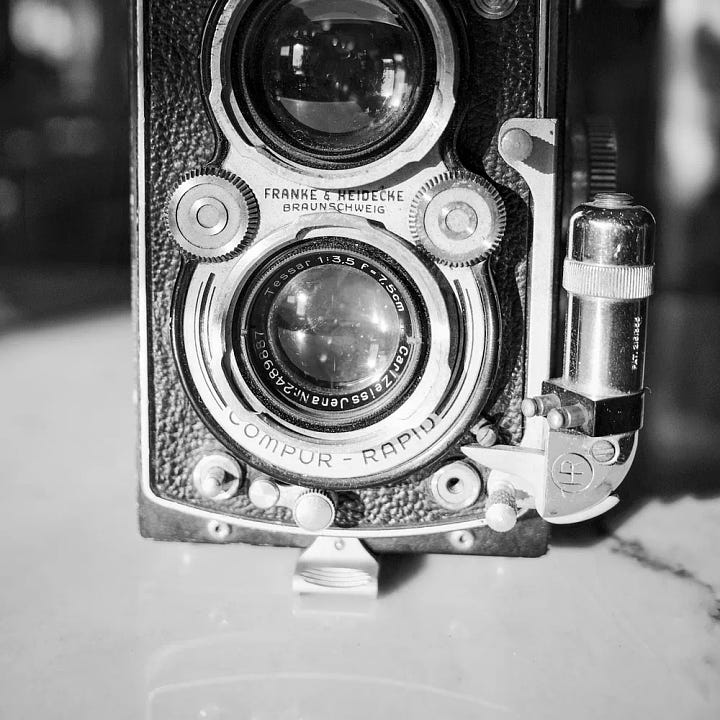
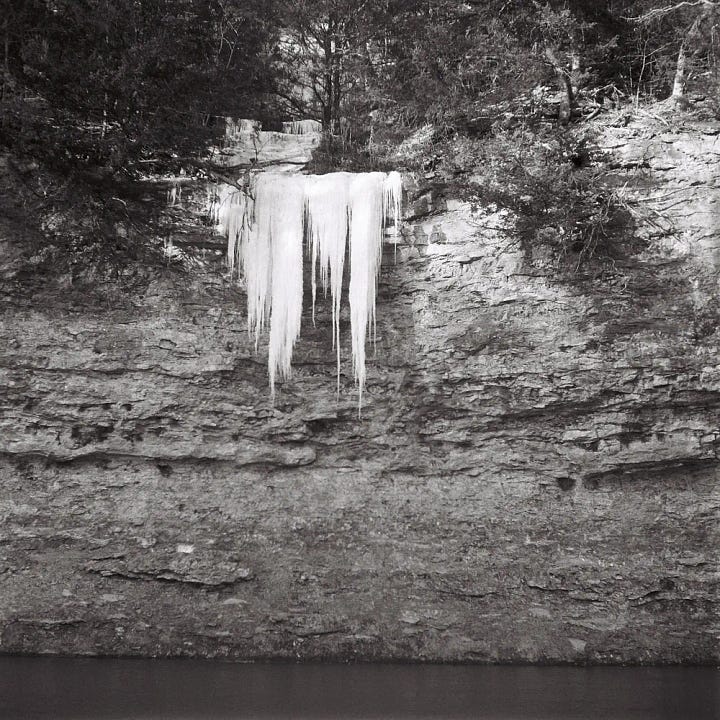
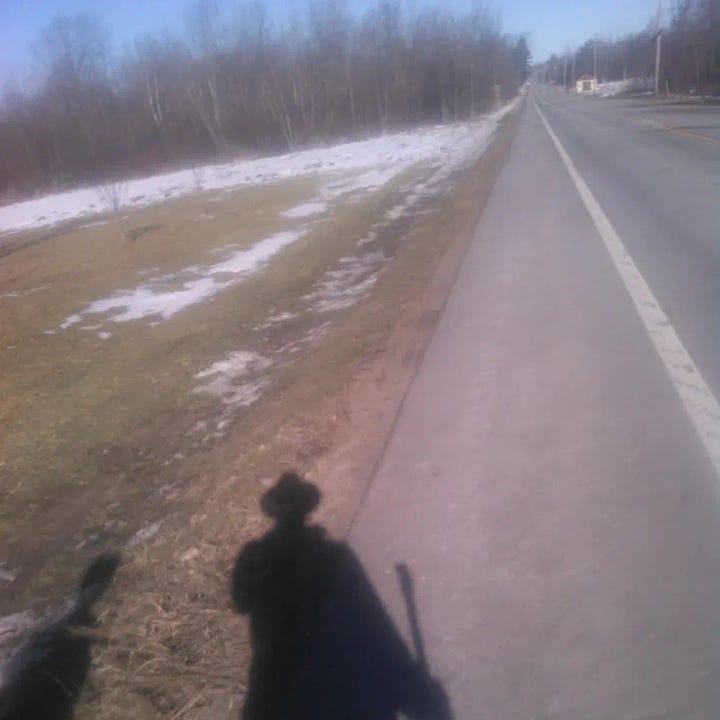
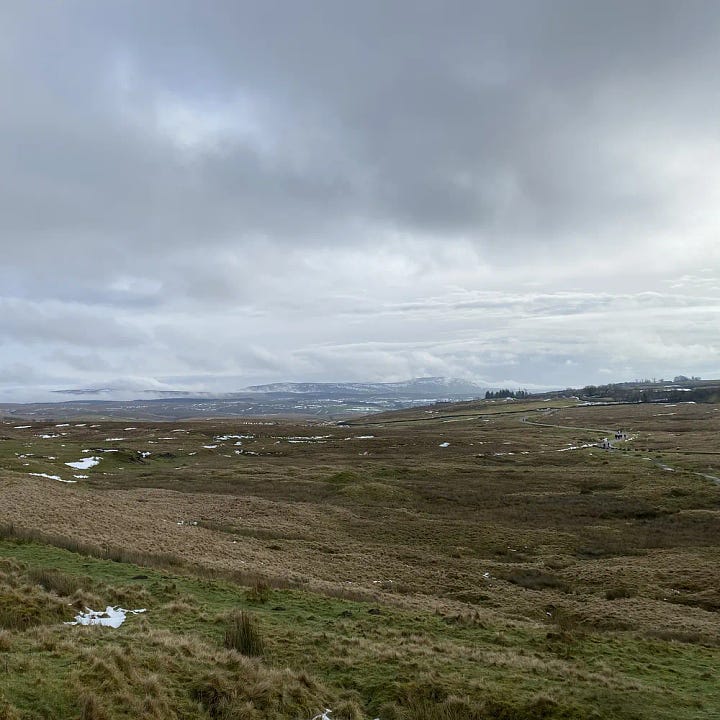
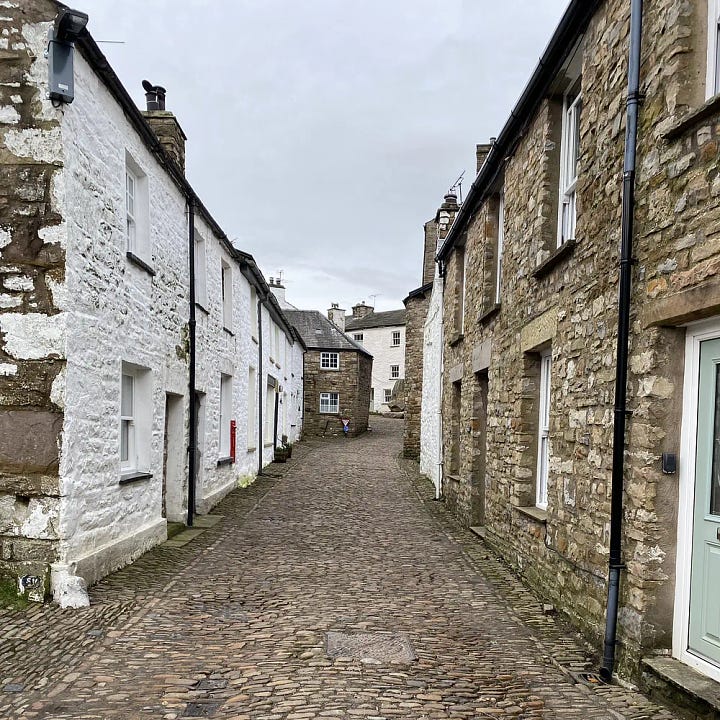
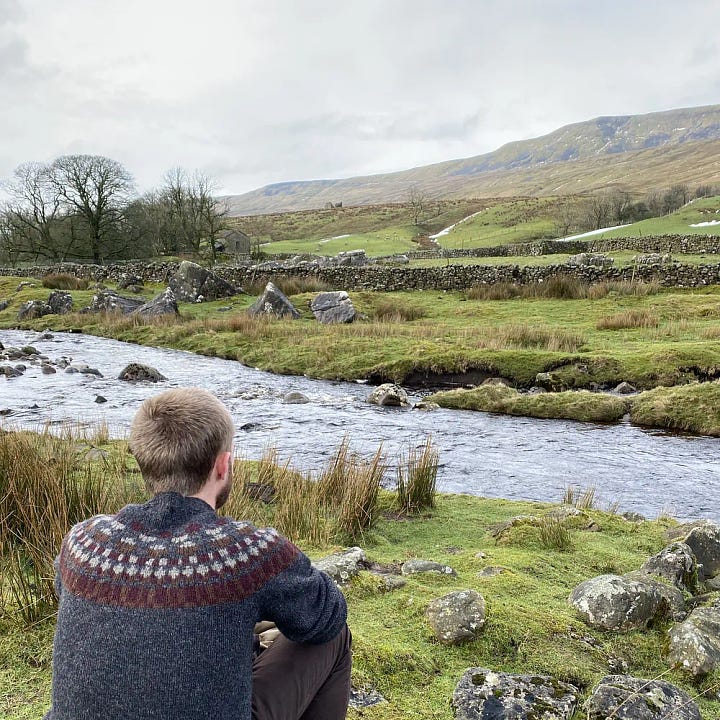
If you have photos that you would like us to add to this visual guide of “Random Acts of Anachronism”, please paste them into a reply to this Note.
“None of the modern machines, none of the modern paraphernalia. . . have any power except over the people who choose to use them.”
– Daily News, July 21, 1906 - G.K. Chesterton
If it is our aim to remain fully human with our feet firmly planted in reality, then we will need to actually translate our ideas into tangible actions. From our individual actions we do not need to expect sweeping societal change, but we have to start somewhere. Fasting from the virtual while feasting on simple, anachronisitc actions is a tangible beginning. We also believe that there is a fundamental power of face-to-face conversation around a kitchen table. One of the most earth-shattering changes in history did not come to pass through political action, institutional change, or mass demonstrations; it was preceded by a meal around a dinner table, sharing bread and wine.
To those who are about to embark on the “digital fasting pilgrimage” along with
and me, we wish you steady feet, an open heart, and a clear mind. Or as the pilgrims in Spain would say:Buen Camino!
If you found this post helpful (or hopeful), and if you would like to support our work of putting together a book on “The Making of UnMachine Minds”, please consider supporting our work by becoming a paid subscriber, or simply show your appreciation with a like, restack, or share.
If you would like to join others in the Communal Digital Fast, reply with a brief note in the comment section below.
Over 50 people have already joined at the time of the publication of this post. If you would like to see who is on board, take a look at the comment section of the original invitation here
Please share this post with your family, friends, or community if you would like to invite them to join!
We had a tremendous response from readers! If you would like to see who has joined in and what their plans are, see the comment section in this post.
See for example
’s most recent post The Great Liberation, ’s essay Lent and the Desert of Modernity, or ’s piece The Notebook Rule.If you have decided to join the communal digital fast and write your own substack, consider recording your experience and publishing it as a post. Let us know so that we can share it:)


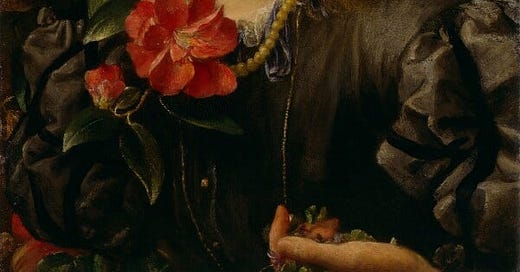




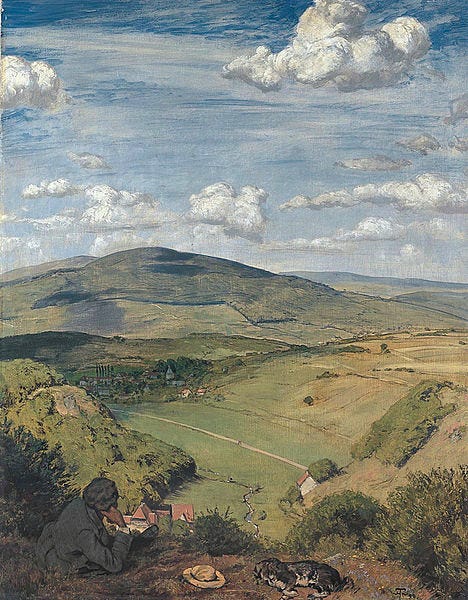
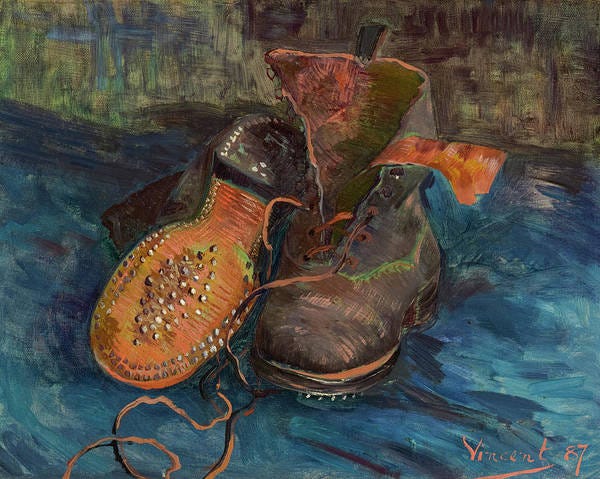
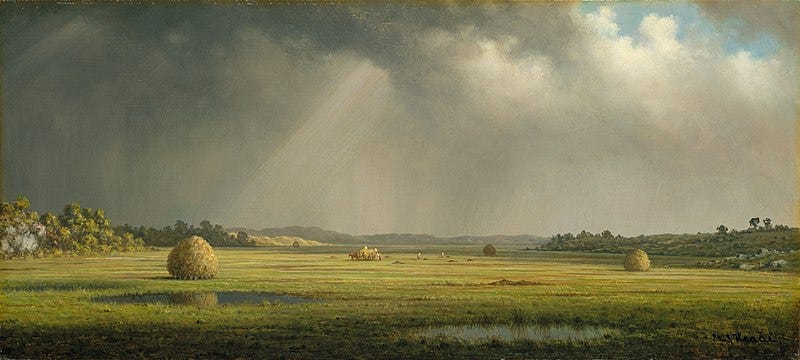
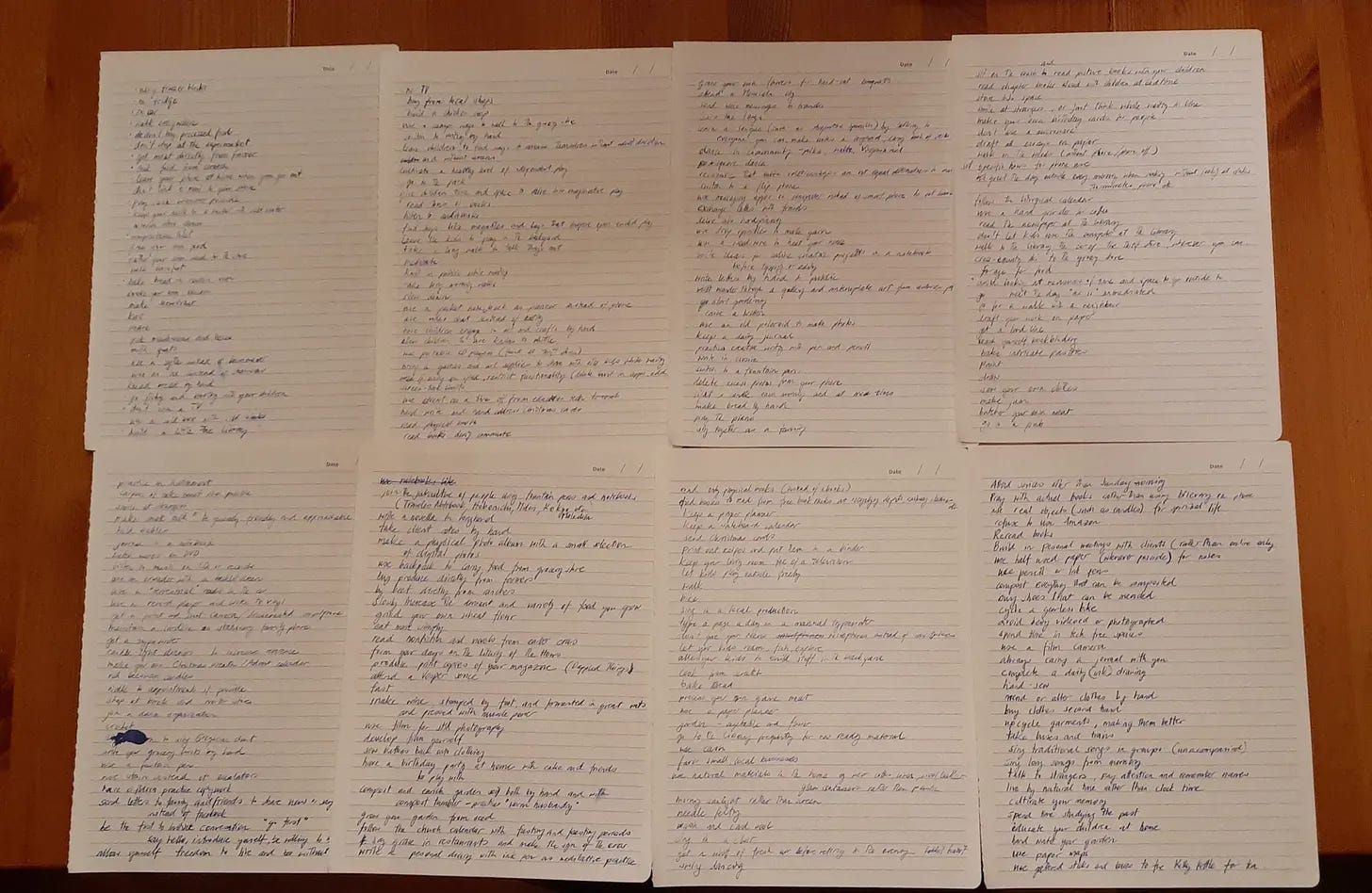

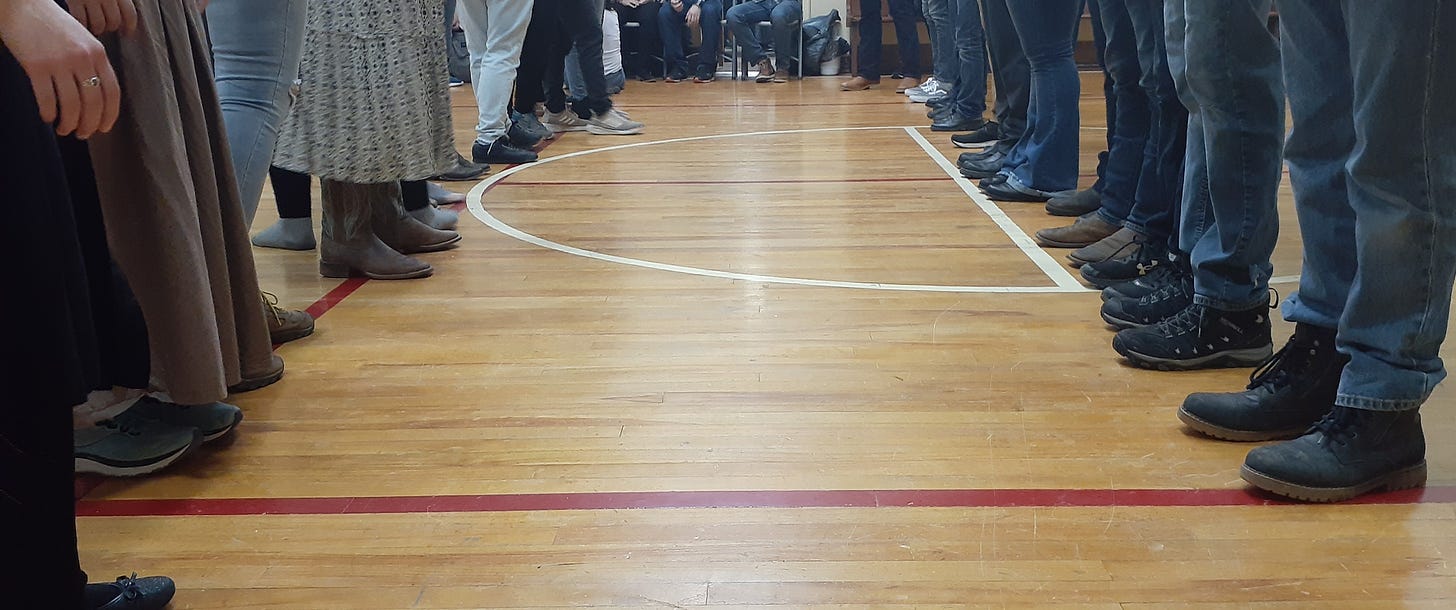
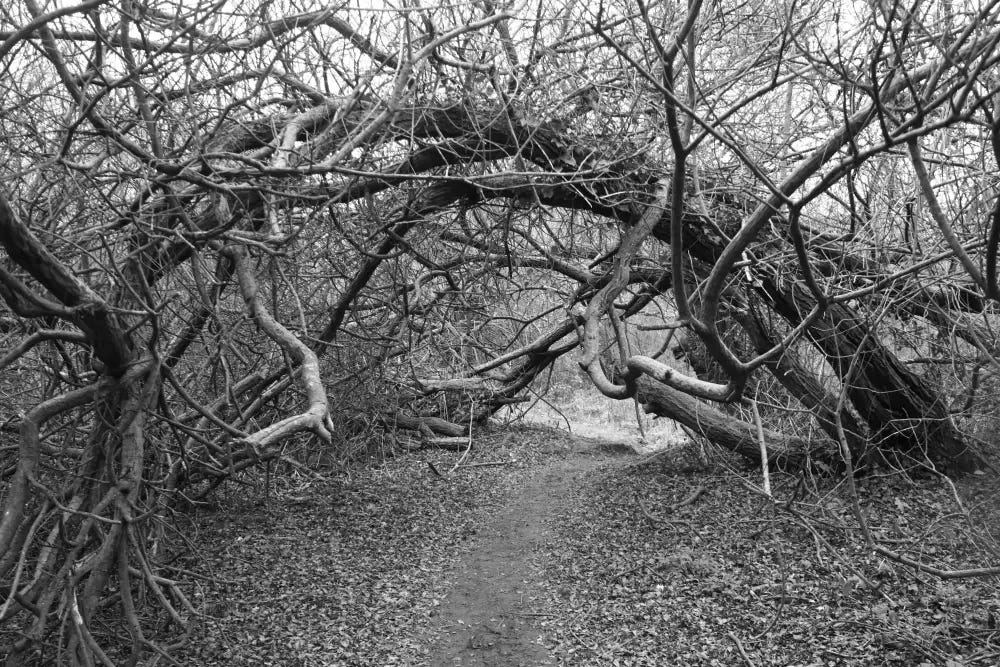
And off we go! What a wonderful call to peaceful, realistic action! I can't wait to see the fruit it bears.
I want to encourage everyone to remember that when you first start out on something (anything!), you will probably not be very good at it. Don't be discouraged if you have slip-ups.
Just try again, adjusting as needed -- don't give up!
The Camino metaphor and stories are just perfection!